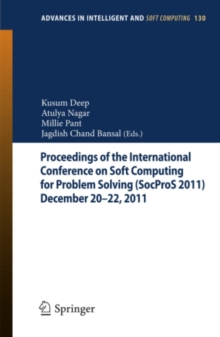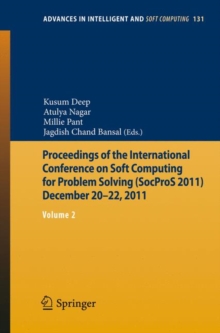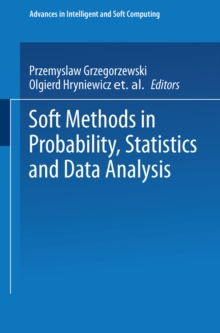
Soft Methods for Integrated Uncertainty Modelling PDF
Edited by Jonathan Lawry, Enrique Miranda, Alberto Bugarin, Shoumei Li, Maria Angeles Gil, Przemyslaw Grzegorzewski, Olgierd Hryniewicz
Part of the Advances in Intelligent and Soft Computing series
Description
The idea of soft computing emerged in the early 1990s from the fuzzy systems c- munity, and refers to an understanding that the uncertainty, imprecision and ig- rance present in a problem should be explicitly represented and possibly even - ploited rather than either eliminated or ignored in computations.
For instance, Zadeh de?ned 'Soft Computing' as follows: Soft computing differs from conventional (hard) computing in that, unlike hard computing, it is tolerant of imprecision, uncertainty and partial truth.
In effect, the role model for soft computing is the human mind.
Recently soft computing has, to some extent, become synonymous with a hybrid approach combining AI techniques including fuzzy systems, neural networks, and biologically inspired methods such as genetic algorithms.
Here, however, we adopt a more straightforward de?nition consistent with the original concept.
Hence, soft methods are understood as those uncertainty formalisms not part of mainstream s- tistics and probability theory which have typically been developed within the AI and decisionanalysiscommunity.Thesearemathematicallysounduncertaintymodelling methodologies which are complementary to conventional statistics and probability theory.
Information
-
Download - Immediately Available
- Format:PDF
- Publisher:Springer Berlin Heidelberg
- Publication Date:08/10/2007
- Category:
- ISBN:9783540347774
Information
-
Download - Immediately Available
- Format:PDF
- Publisher:Springer Berlin Heidelberg
- Publication Date:08/10/2007
- Category:
- ISBN:9783540347774










